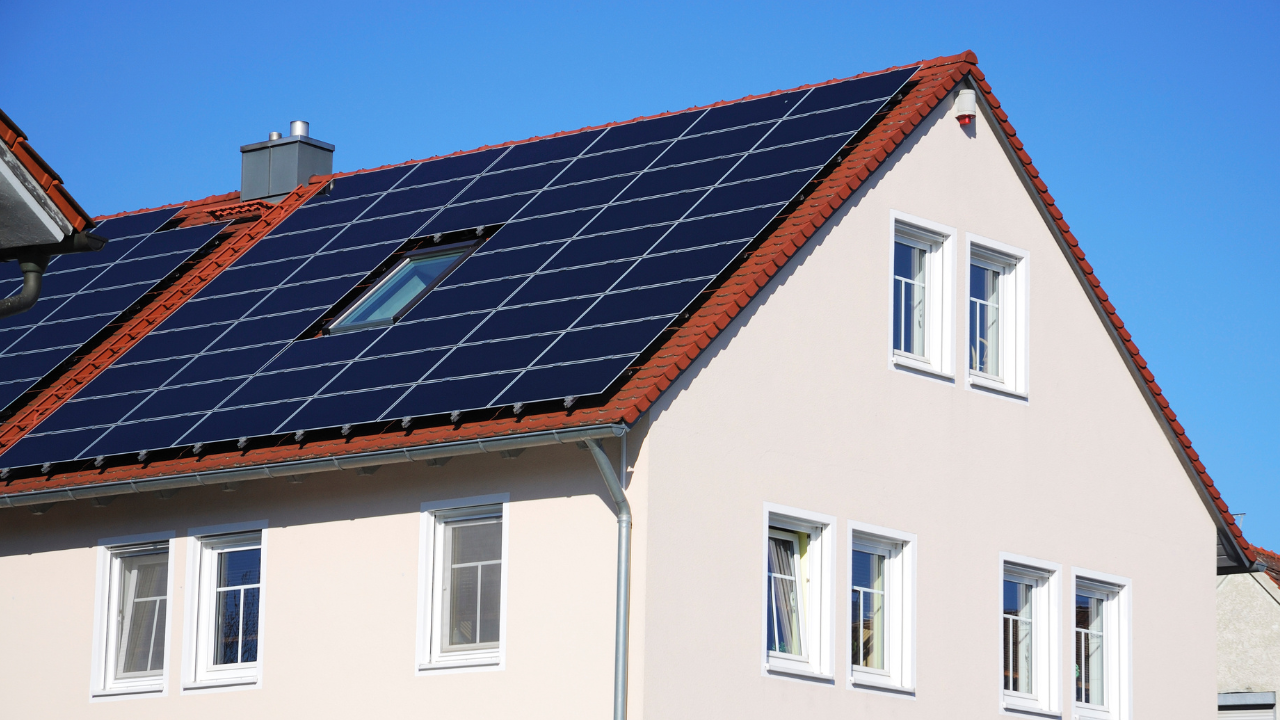Solar Photovoltaic Energy: What It Is and How It Works

Solar photovoltaic energy has become one of the most promising alternatives for reducing reliance on fossil fuels in the United Kingdom. With increasing concern over climate change and rising energy costs, more households and businesses across the country are turning to solar power as a clean, sustainable solution.
While the UK may not enjoy the same level of sunlight as southern Europe, advances in technology and favourable government schemes make solar photovoltaic energy a highly viable option—even on cloudy days.
What is solar photovoltaic energy?
Solar photovoltaic energy is a technology that transforms sunlight directly into electricity through solar panels. These panels consist of photovoltaic cells which, when exposed to sunlight, produce electric current via the photovoltaic effect.
Though the principle was discovered in the 19th century, it has only been widely adopted in the last few decades. Today, solar systems can be seen on homes, schools, farms, and office buildings throughout the UK.
How solar photovoltaic systems work
When sunlight strikes a photovoltaic cell—commonly made from silicon—it excites electrons and generates direct current (DC) electricity. This is then passed through an inverter, which converts it into alternating current (AC), the type used in homes and the national grid.
A typical installation includes roof-mounted panels, an inverter, and cabling. Some systems may also include a battery for storing surplus energy, allowing it to be used during the night or when sunlight is limited. The setup can vary depending on whether the system is grid-tied, standalone, or hybrid.
Benefits of solar photovoltaic energy
The benefits of solar photovoltaic energy in the UK are both environmental and financial. For homeowners, it means lower electricity bills and reduced dependence on traditional energy suppliers. For businesses, it offers long-term savings and boosts green credentials.
Systems require minimal maintenance and typically last for over 25 years. Additionally, government support through the Smart Export Guarantee (SEG) allows users to earn money by exporting excess electricity back to the grid.
Factors affecting solar energy generation
Several factors influence how much energy a solar system can produce. The orientation and angle of the roof, the level of sunlight in your region, potential shading, and the cleanliness of the panels all play a role.
Although the UK experiences variable weather, solar technology has improved to the point where even diffused sunlight is sufficient to generate a meaningful amount of power throughout the year.
Common uses of solar photovoltaic energy
Across the UK, solar photovoltaic energy is widely used in domestic settings to power lights, appliances, and electric vehicles. Businesses also use it to reduce operational costs and align with sustainability goals.
In rural areas, farms use solar energy for water pumping, lighting, and remote power needs. Public buildings, schools, and community centres are increasingly installing solar panels as part of wider carbon reduction efforts.
Steps to install a domestic solar system
To get started, a certified installer will assess your property’s energy usage and roof conditions. From there, a system is designed to match your needs and maximise efficiency.
Once planning and permissions (if required) are in place, the installation is typically completed within a day or two. After that, the system is connected to the grid, and you can begin benefiting from self-generated electricity and SEG payments.
Innovations in solar photovoltaic energy
The UK market has embraced new developments in solar technology. Bifacial panels that absorb light on both sides, perovskite cells with higher efficiency, and solar roof tiles that blend seamlessly with existing architecture are all gaining ground.
Battery storage systems and smart meters have also become more prevalent, allowing households to better track usage and gain independence from energy suppliers.
Frequently asked questions
How much can I save with solar panels in the UK?
Savings depend on annual energy usage, roof orientation, and local tariffs. On average, households offset 40–70 % of their electricity bill. For example, a typical 4 kW system generating around 3 500 kWh per year can save £400–£600 annually. Combined with SEG payments (3p–7p per kWh), many homeowners recover costs faster and continue enjoying reduced bills for 25 years or more.
Do I need a battery for my system to work?
No. Grid-tied solar works without batteries: you use solar power during the day and draw from the grid at night. Excess energy is exported under SEG, earning credits. Batteries add resilience—storing surplus for evening use and power cuts—but also increase upfront costs and extend payback by 2–4 years. Choose a battery if you want backup power or want to maximise self-consumption.
Can I install solar panels on a flat roof?
Yes. Flat roofs require adjustable mounting frames to tilt panels toward the sun (usually 30–35° in the UK). Frames can be ballast-weighted or mechanically fixed, depending on wind load and roof type. A professional installer will assess structural integrity and ensure proper drainage. With correct alignment and shading analysis, flat-roof systems can perform nearly as well as pitched installations.
How long does it take to recover the investment?
Payback typically occurs in 6–9 years. Factors include system size, installation cost, electricity prices, and SEG rates. For a £6 000 system saving £500 per year and earning £100 in exports, the effective annual benefit is £600, leading to a 10-year payback. Rising energy costs and improved export rates can shorten this to 6–7 years. After that point, electricity generated is essentially free.